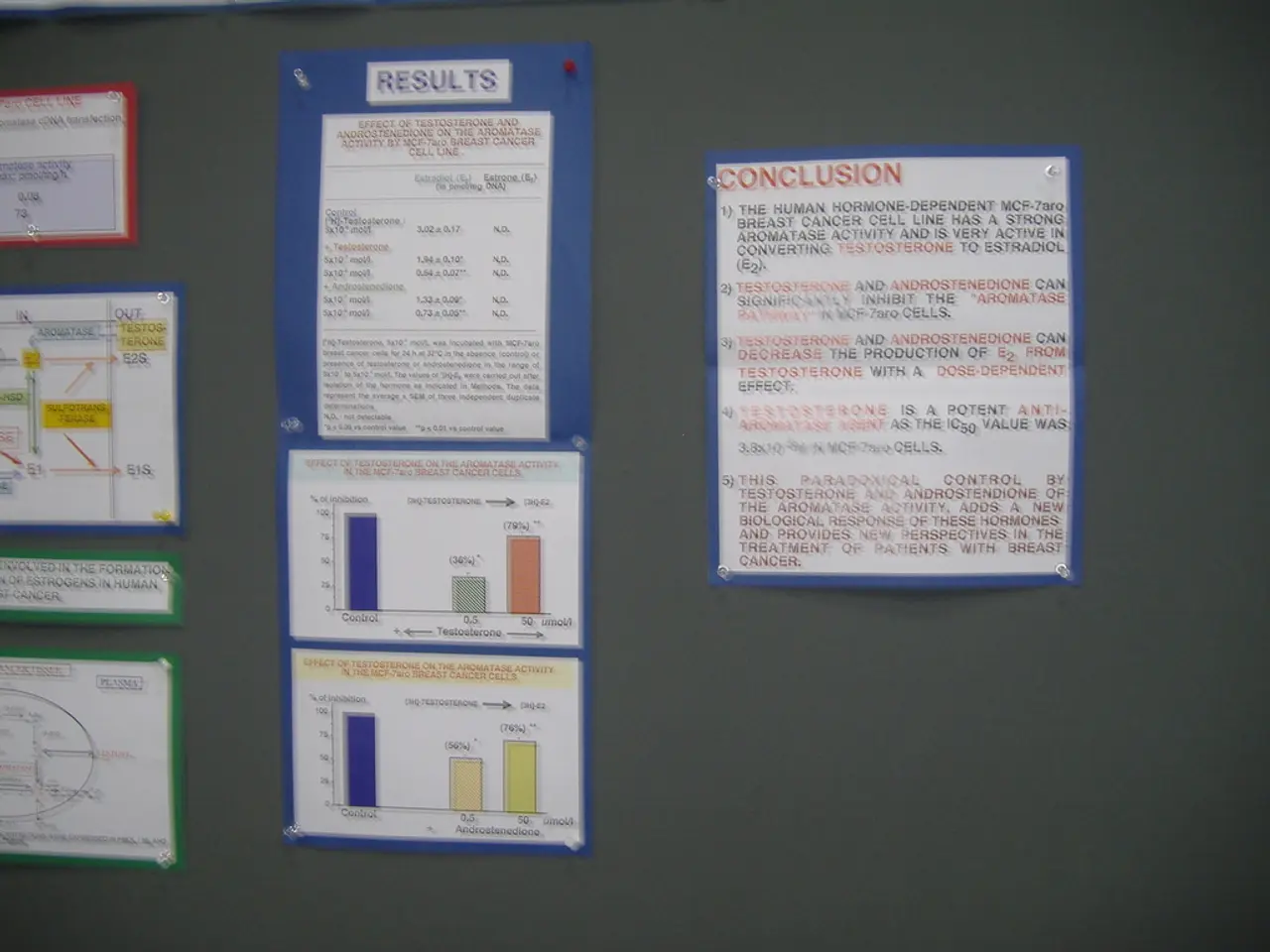Instructions for Conducting Thematic Analysis
Thematic analysis is a widely-used qualitative research method for identifying, analysing, and reporting patterns (themes) in data. This technique can be conducted using either inductive or deductive approaches, each offering unique benefits and suited for different research purposes.
Inductive thematic analysis, a bottom-up approach, allows themes to emerge directly from the data without pre-set categories or hypotheses. The process begins with data collection through methods such as interviews, observations, focus groups, or document analysis. Researchers then immerse themselves in the data, reading and re-reading to gain a deep understanding before coding. Initial coding is open and unbiased, with interesting segments labelled to capture their meaning. Focused coding and theme identification follow, where similar codes are grouped together to identify broader, naturally emerging themes. Themes are then defined and named, ensuring they accurately represent underlying patterns in the data. New theories or hypotheses can be built and validated with additional data if needed. This approach relies on exploration without preconceived notions, aiming to discover new insights from the data itself.
In contrast, deductive thematic analysis is a top-down approach that starts with pre-existing theories, frameworks, or hypotheses. Researchers begin with an existing set of codes or conceptual categories derived from literature, theory, or prior knowledge. The data is then carefully read with these codes or hypotheses in mind, and coding is selectively applied to data segments that fit the predefined categories, focusing on testing or confirming the hypothesis. Themes are organised to align with or challenge the original theoretical framework, defined clearly, and named accordingly. The themes are then used to confirm or refine existing theories or to evaluate specific research questions. This method is useful when verifying assumptions or tracking known issues, offering a faster and more structured route to theme development with repeatability.
Both approaches follow a similar broad process—data familiarization, coding, theme identification, and theme definition—but differ fundamentally in whether coding is data-driven or theory-driven. The key differences between the two methods are outlined in the table below:
| Aspect | Inductive Thematic Analysis | Deductive Thematic Analysis | |-------------------------|---------------------------------------------|-----------------------------------------------| | **Coding Approach** | Open coding without preconceptions; data-driven | Coding guided by pre-existing codebook or theory | | **Theme Development** | Themes emerge naturally from data patterns | Themes reflect or test predetermined concepts | | **Purpose** | Discovery and theory generation | Hypothesis testing and verification | | **Flexibility** | Iterative, flexible, revisiting data as needed | Structured, focused on confirming prior ideas | | **Use Cases** | Exploring unknown phenomena or new data sets | Confirming known issues or monitoring trends |
In conclusion, both inductive and deductive thematic analysis offer valuable tools for researchers seeking to gain rich and detailed insights from qualitative data. Inductive thematic analysis is exploratory, ideal for discovering new insights, while deductive thematic analysis is confirmatory, suited for testing hypotheses or tracking known factors. Both approaches require careful attention to detail, a deep understanding of the data, and a commitment to maintaining the integrity and accuracy of the findings.
In the realm of qualitative research, both inductive and deductive thematic analysis play essential roles in personal growth and education-and-self-development by providing avenues for learning and deeper understanding. Inductive thematic analysis, promoting open-mindedness and flexibility, encourages personal growth by allowing patterns and themes to emerge naturally from data, potentially leading to the generation of new theories or hypotheses. On the other hand, deductive thematic analysis serves as a tool for learning by confirming or refining existing theories using a top-down approach based on pre-existing knowledge or theories. By employing either method, individuals engage in a process of continuous learning and personal development, contributing to the overall advancement of education-and-self-development.




